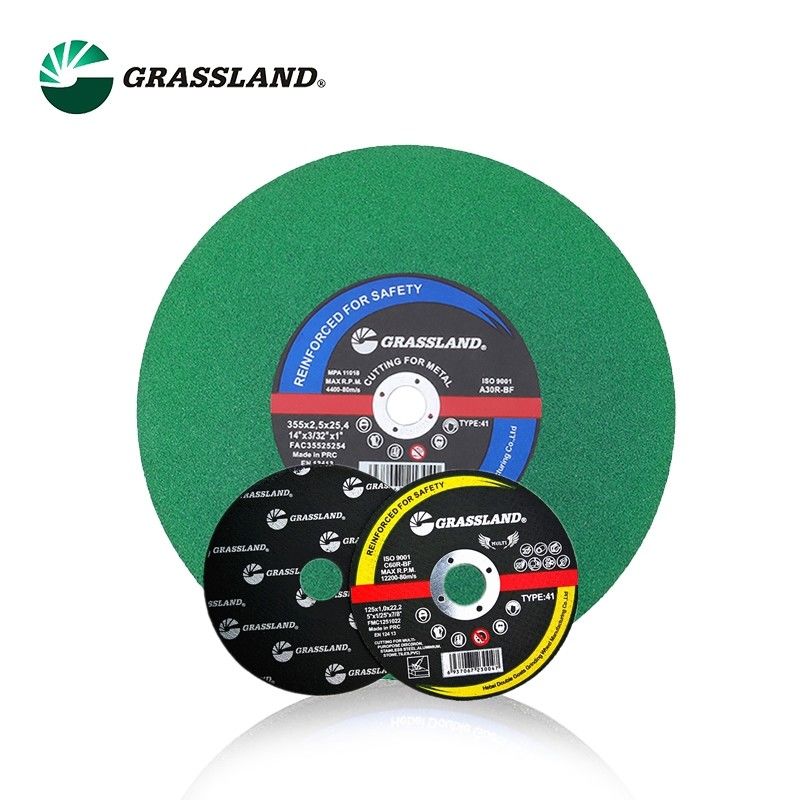Flap Disc vs. Fiber Disc A Comprehensive Comparison
When it comes to metalworking, woodworking, and other finishing applications, the choice of abrasives can significantly impact the efficiency and quality of the final product. Among the most popular options are flap discs and fiber discs. Both options have their own unique benefits and drawbacks, making them suitable for different tasks. In this article, we will delve into the characteristics, uses, advantages, and disadvantages of flap discs and fiber discs, helping you make a more informed decision for your projects.
Understanding Flap Discs
Flap discs are composed of multiple layers of sandpaper flaps that are bonded to a central hub. The flaps are generally arranged at a slight angle, allowing them to grind and polish simultaneously. This design allows flap discs to provide a high degree of versatility, enabling users to perform various tasks such as grinding, blending, and finishing all in one go.
Flap discs come in different grains and densities, making them suitable for various materials, including metals, ceramics, and composites. Their designs allow for excellent heat dissipation, which reduces the risk of burning the workpiece. This property, combined with their adaptability to various shapes and contours, makes flap discs especially favored for tasks that require precision.
Understanding Fiber Discs
Fiber discs, on the other hand, are made from a single layer of abrasive material that is adhered to a fiber backing. They are typically used in conjunction with a backing pad and are mounted on angle grinders or sanding machines. Fiber discs are generally known for their durability and can handle heavy material removal, making them suitable for tasks involving weld grinding, paint removal, and surface preparation.
Similar to flap discs, fiber discs are available in various grit levels, allowing users to choose the appropriate one for their specific application. They are also well-suited for flat surfaces, which can make them particularly effective in industrial settings where consistency and performance are paramount.
Advantages of Flap Discs
One of the primary advantages of flap discs is their versatility. They can be used for a variety of applications, including grinding, sanding, and finishing. The angled flaps create a smoother finish and minimize gouging, which is particularly beneficial for delicate surfaces. Additionally, flap discs offer superior heat management due to their design, reducing the risk of damage to the workpiece.
flap disc vs fiber disc

Another significant benefit of flap discs is their efficiency. When compared to traditional grinding wheels, flap discs remove material faster while providing a more refined finish, which can lead to significant time savings in fabrication and finishing processes.
Advantages of Fiber Discs
Fiber discs excel in durability and can withstand heavier pressure than flap discs, making them ideal for tough applications. They are less likely to wear out quickly, allowing users to achieve more consistent results over extended periods. Moreover, fiber discs can be cost-effective for industrial applications where bulk usage is a concern.
Their flat design allows for efficient material removal on flat surfaces, resulting in a more uniform finish. This makes fiber discs particularly useful for tasks that require a high level of consistency, such as surface preparation for painting or coatings.
Disadvantages of Flap Discs and Fiber Discs
While flap discs have many advantages, they also come with some downsides. For example, they may not be as effective for heavy-duty applications where aggressive material removal is required, as they could wear out more quickly under pressure.
On the flip side, fiber discs may not provide the same level of finish as flap discs, especially on curved surfaces. The rigidity of the fiber disc can make it challenging to achieve smooth results on irregular shapes, leading to a potential need for additional finishing work.
Conclusion
Both flap discs and fiber discs offer distinct benefits and are suited to different applications. The choice between the two ultimately depends on the specific task at hand. If versatility and a finer finish are essential, flap discs may be the better option. However, for heavy-duty tasks requiring robust material removal, fiber discs could be the ideal choice. By understanding the strengths and limitations of each type, professionals and hobbyists alike can select the right abrasive for their unique needs, improving efficiency and achieving excellent results in their projects.
Post time:Dec - 24 - 2024

















